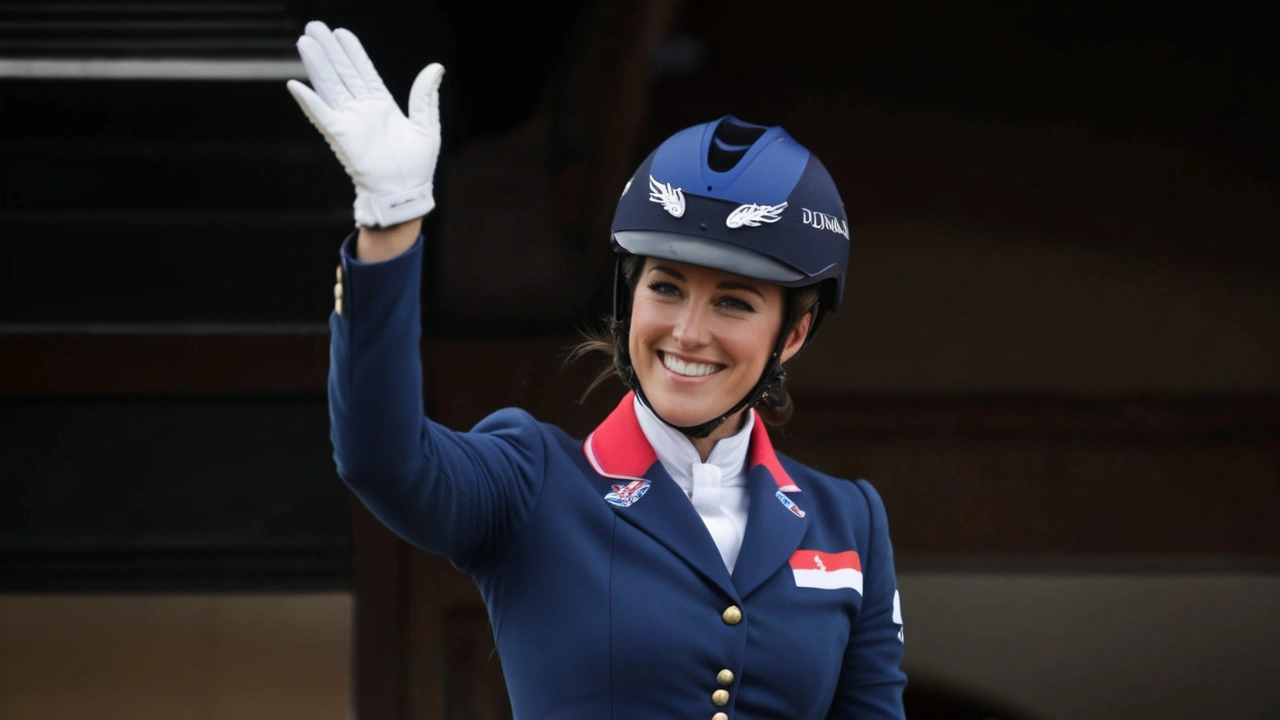Dressage: Basics, Training and Competition Tips
Dressage looks effortless, but it’s a precise partnership between rider and horse. At its core, dressage teaches balance, rhythm, and clear communication. If you want to start riding or just understand the sport, this guide gives clear, useful steps you can use right away.
What is dressage? Think of it as gymnastic training for horses. Movements range from simple walk, trot and canter patterns to advanced collected piaffe and passage. Tests are judged on how accurate and calm each movement is, not how flashy it looks.
Training Tips for Riders
Start with basics: focus on straightness, consistent rhythm, and soft contact. Work 15–30 minutes of focused schooling a day rather than long, unfocused rides. Use transitions between gaits to build balance — down and up transitions teach the horse to carry itself.
Position matters. Sit tall but relaxed, keep your shoulders back, and follow the horse’s motion with your hips. Hands should be quiet; small, steady aids are more effective than big corrections. If you tense up, the horse will mirror that tension.
Practice lateral work early. Shoulder-in, leg-yield and half-pass improve suppleness and obedience. Introduce collected work gradually — ask for more impulsion from behind before shortening the frame. Reward small improvements to keep the horse confident.
Use a trainer or coach for regular feedback. Video your rides once a week to spot habits you miss in the saddle. A coach helps set realistic goals and corrects problems before they become habits.
Gear, Shows and What to Watch
Choose tack that fits. A well-fitting saddle and bridle protect the horse’s comfort and make communication clearer. Use simple bits when starting; fix issues with training, not harsher equipment. Boots and wraps protect legs during schooling, but remove heavy boots for flatwork to encourage the horse to use its muscles naturally.
Want to compete? Learn the rulebook for your federation and pick tests that match your level. Local schooling shows are the best place to start — lower pressure, helpful judges, and fast learning. Prepare a short warm-up plan: 10 minutes on the flat, a few canter sets, and one test run-through if the horse stays calm.
Watching top riders helps. Observe how they ride transitions, use minimal aids, and keep rhythm. Notice the horse’s outline and how the rider creates impulsion from the hindquarters. Online streams and national championships show clear examples across levels.
Quick checklist before a ride: tack fits, horse warmed up, clear plan for the session, and short goals (for example: three steady transitions or five meters of shoulder-in). Keep notes after each ride so you track progress.
If you stick to consistent, focused practice and keep the horse comfortable, dressage rewards you with better balance, responsiveness, and trust. Start simple, build slowly, and enjoy the partnership.
